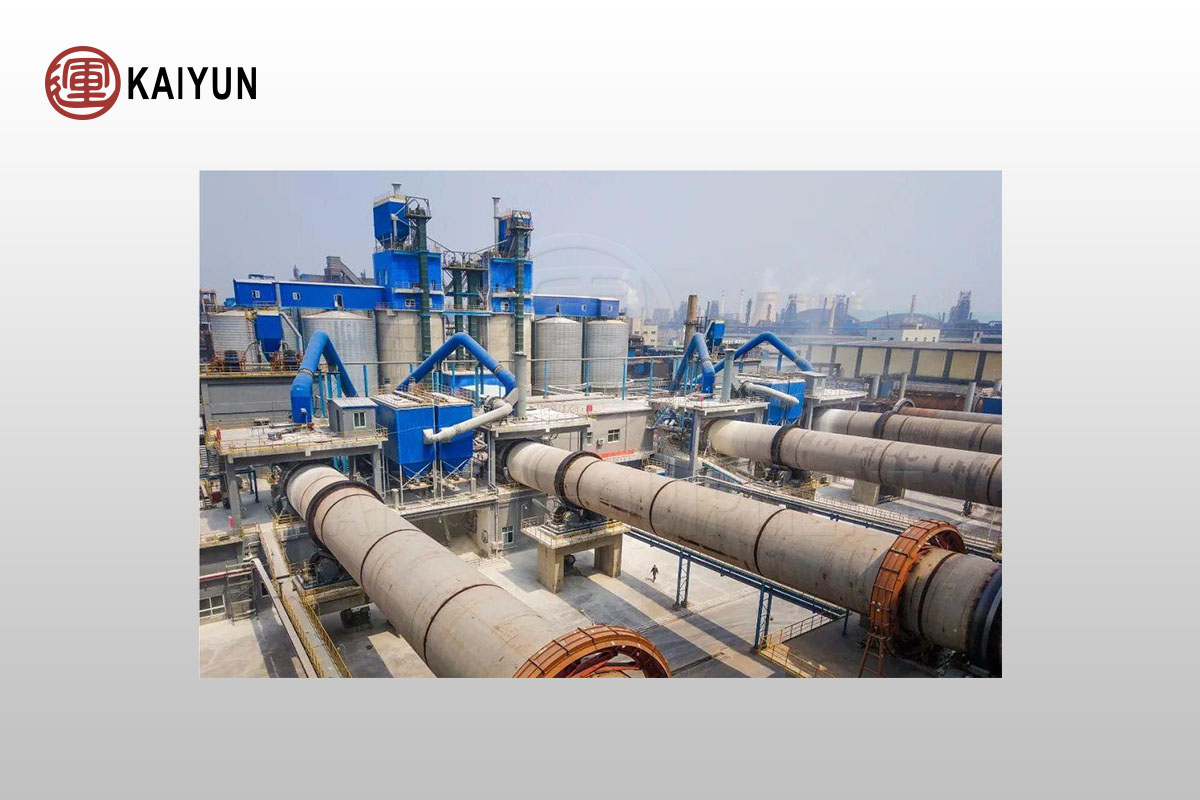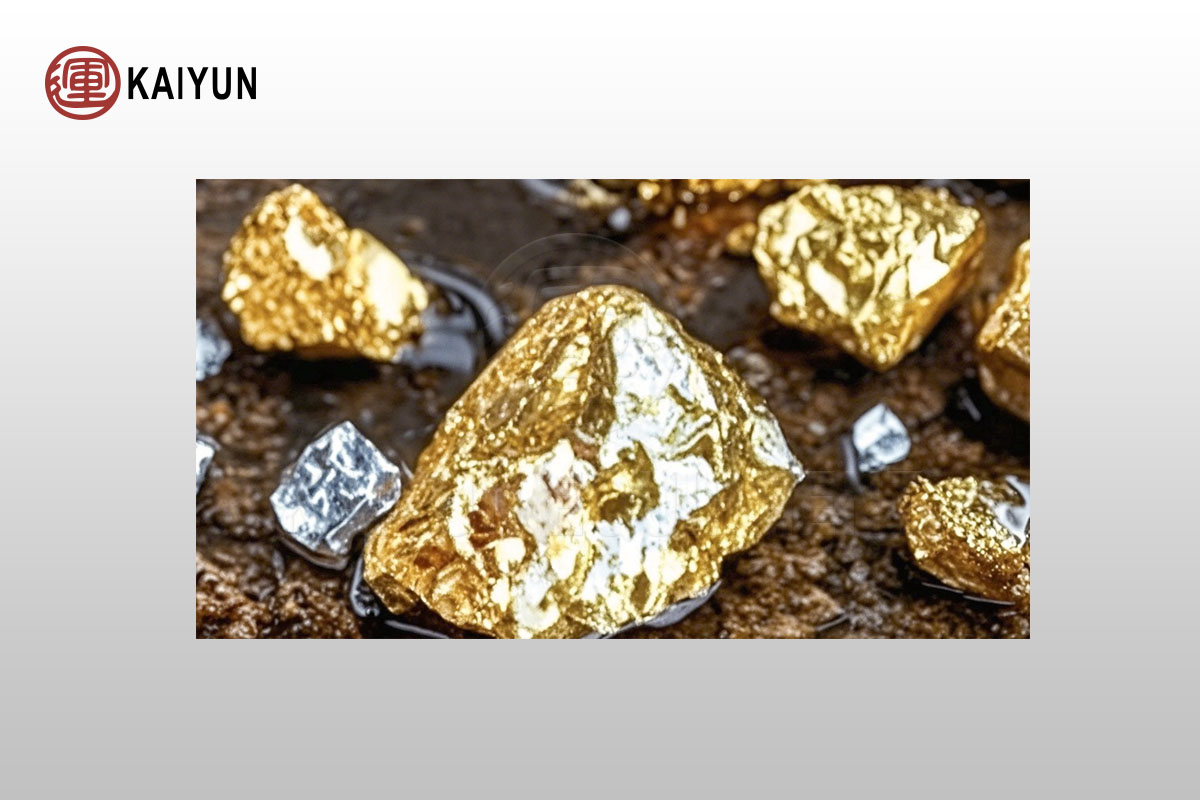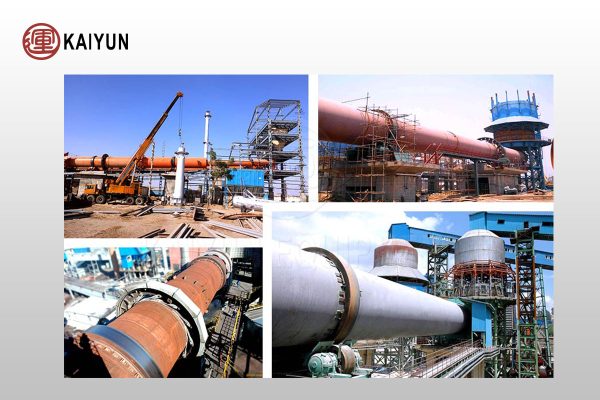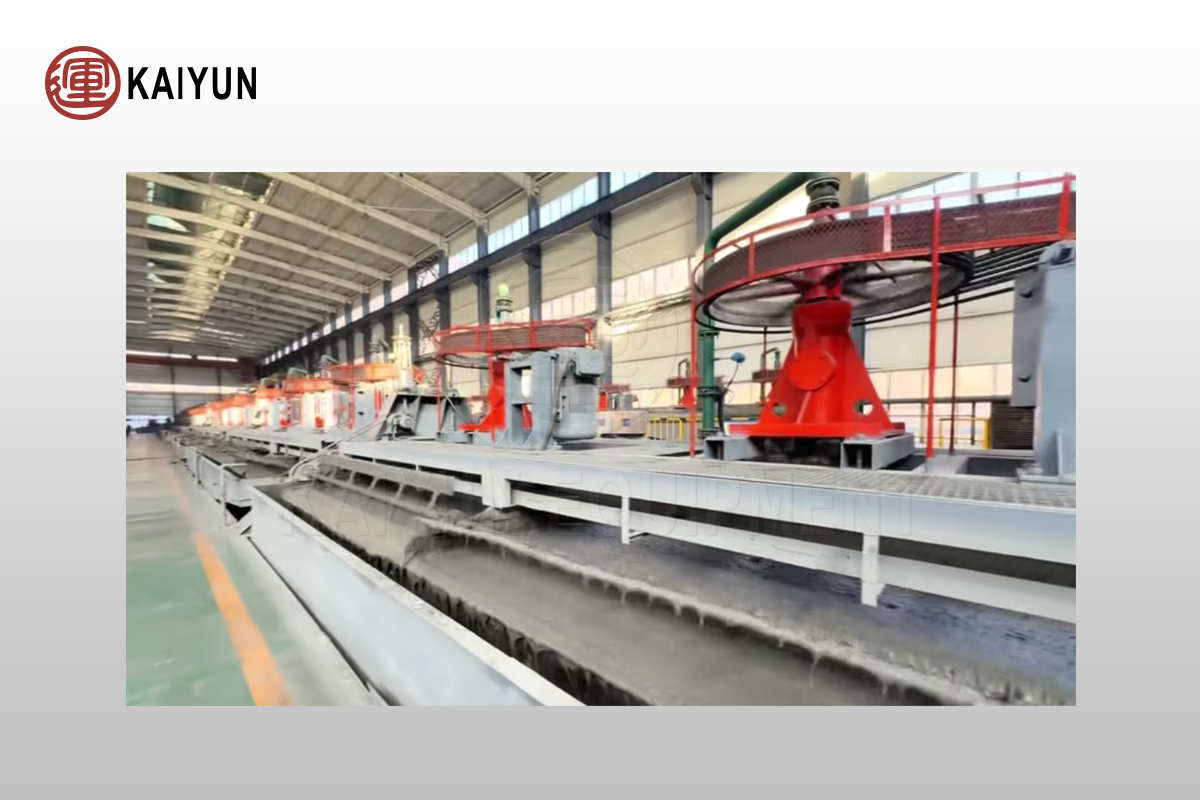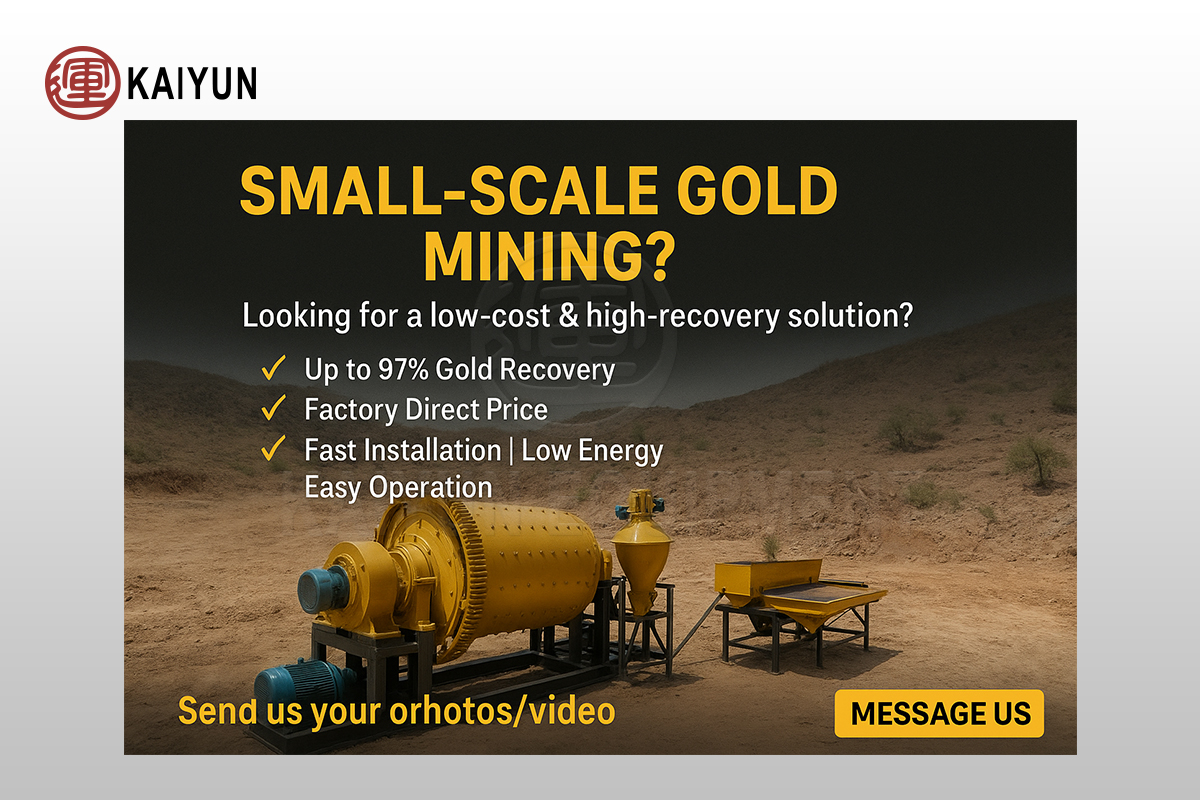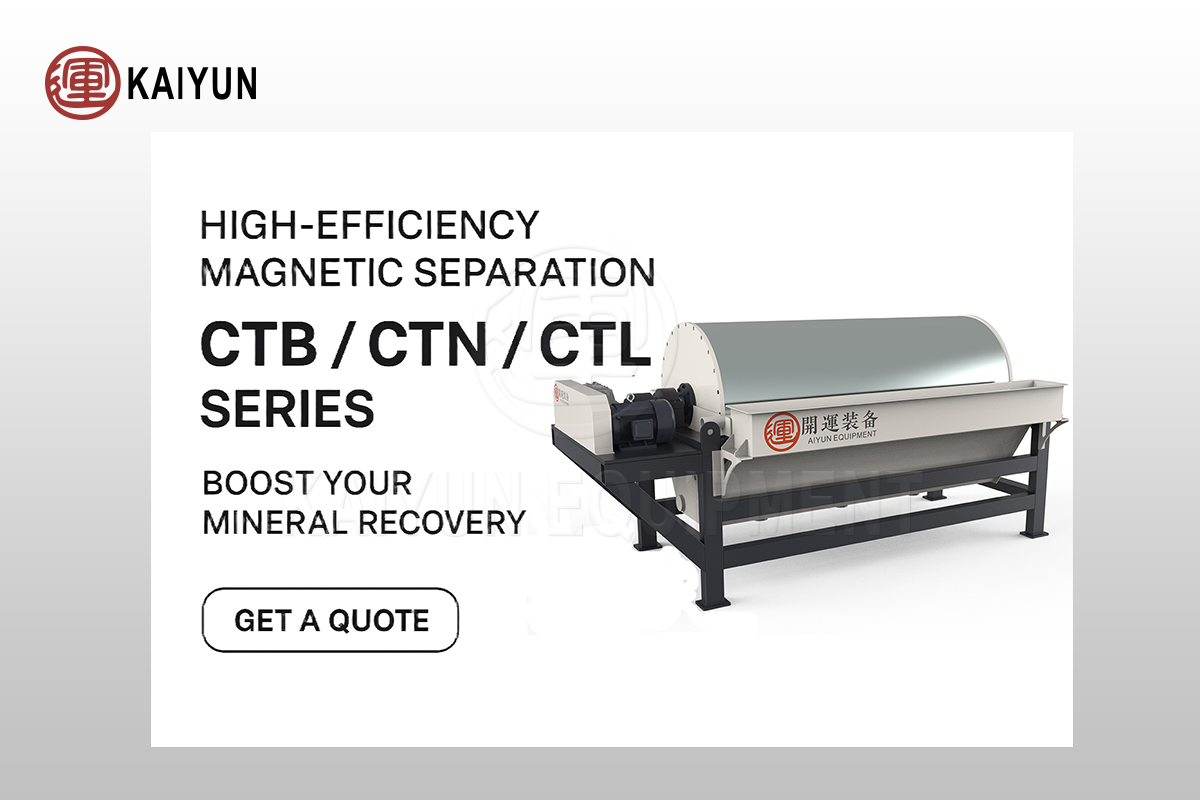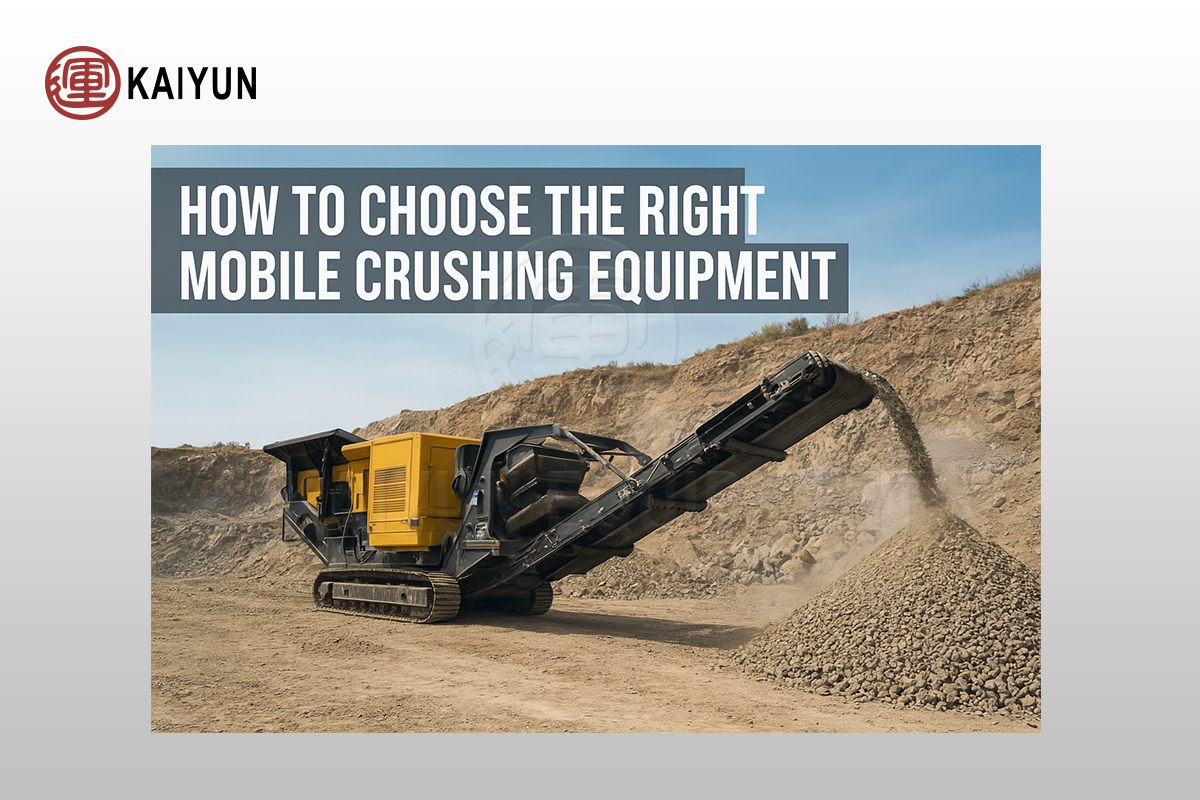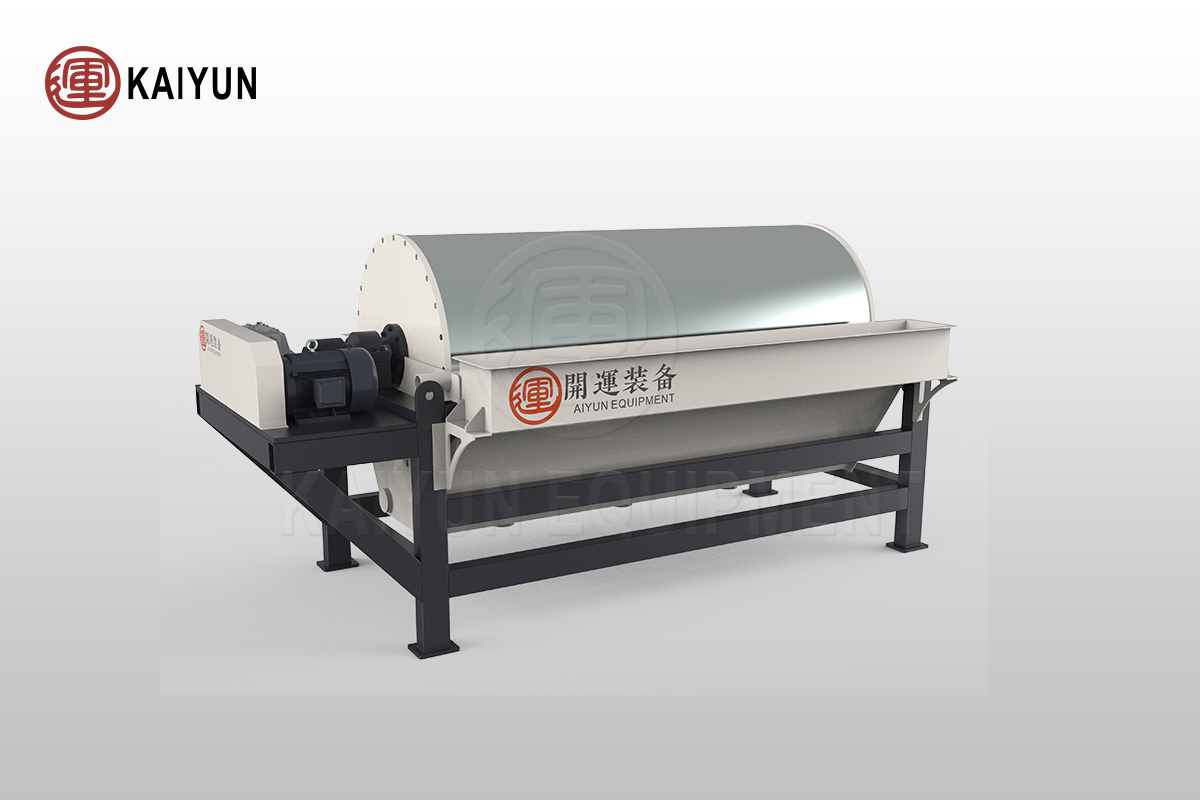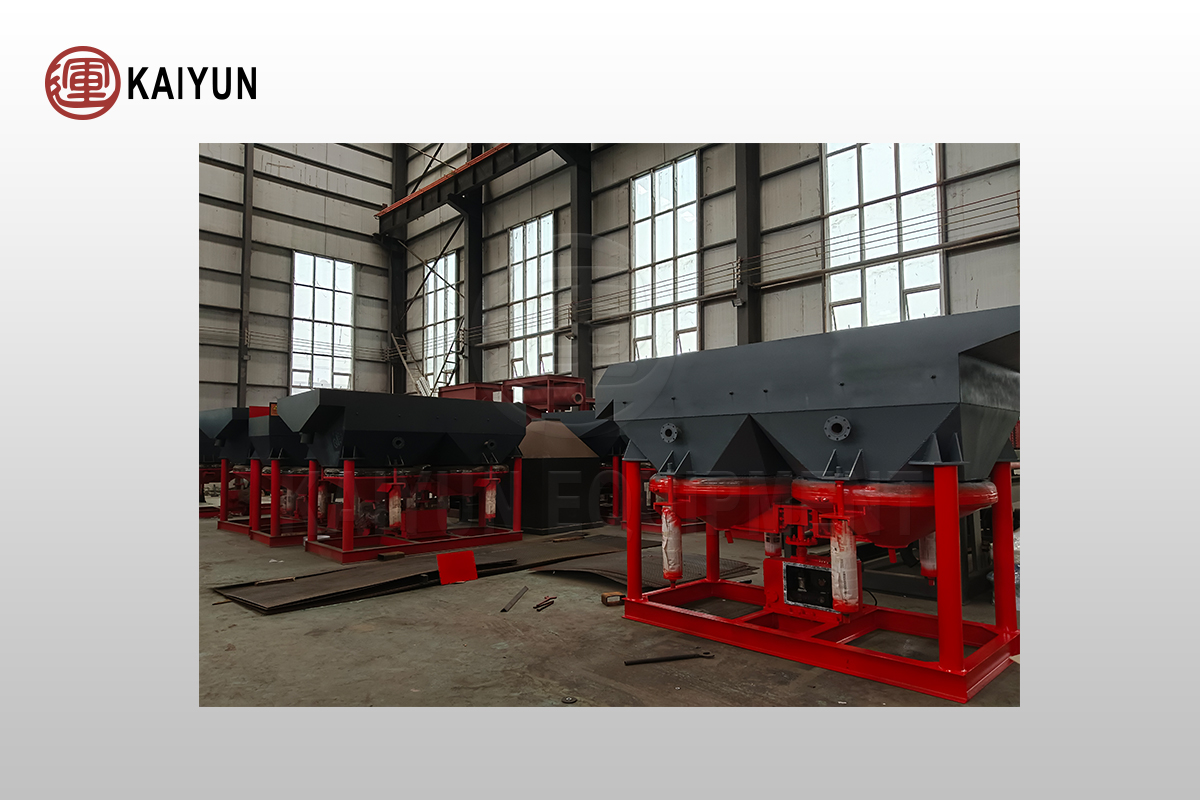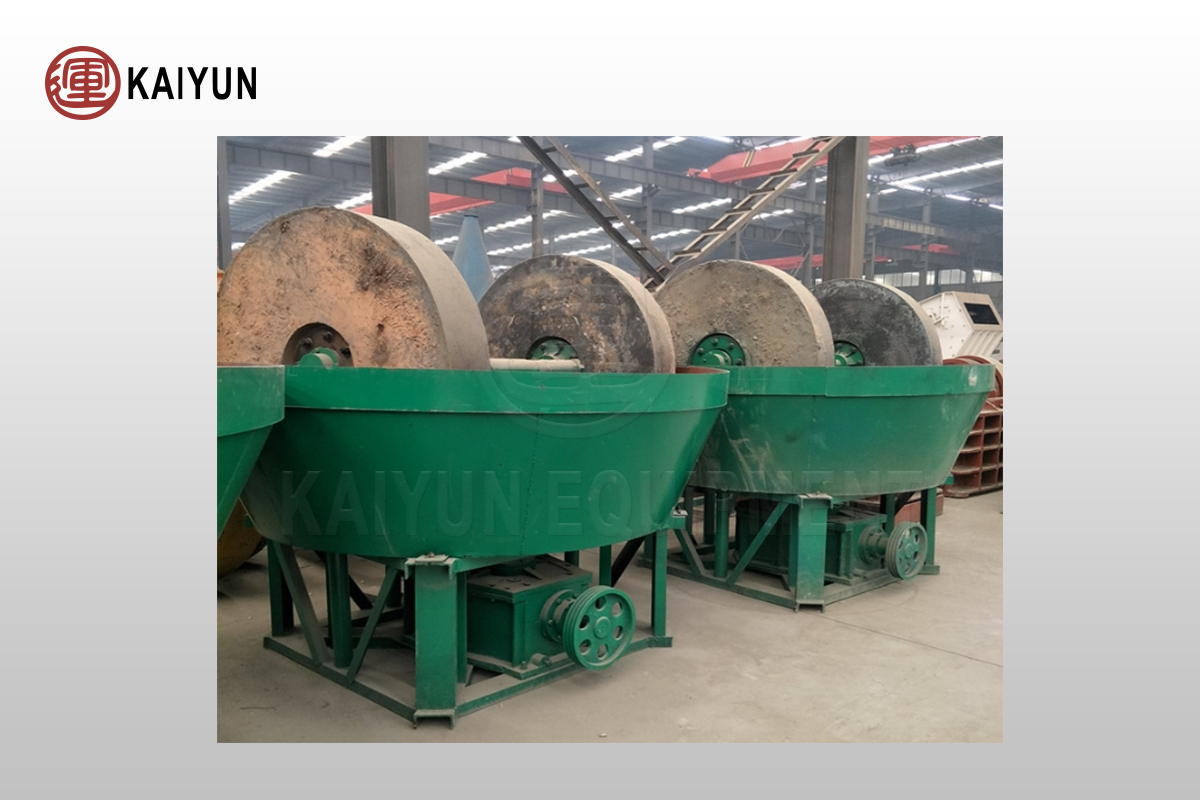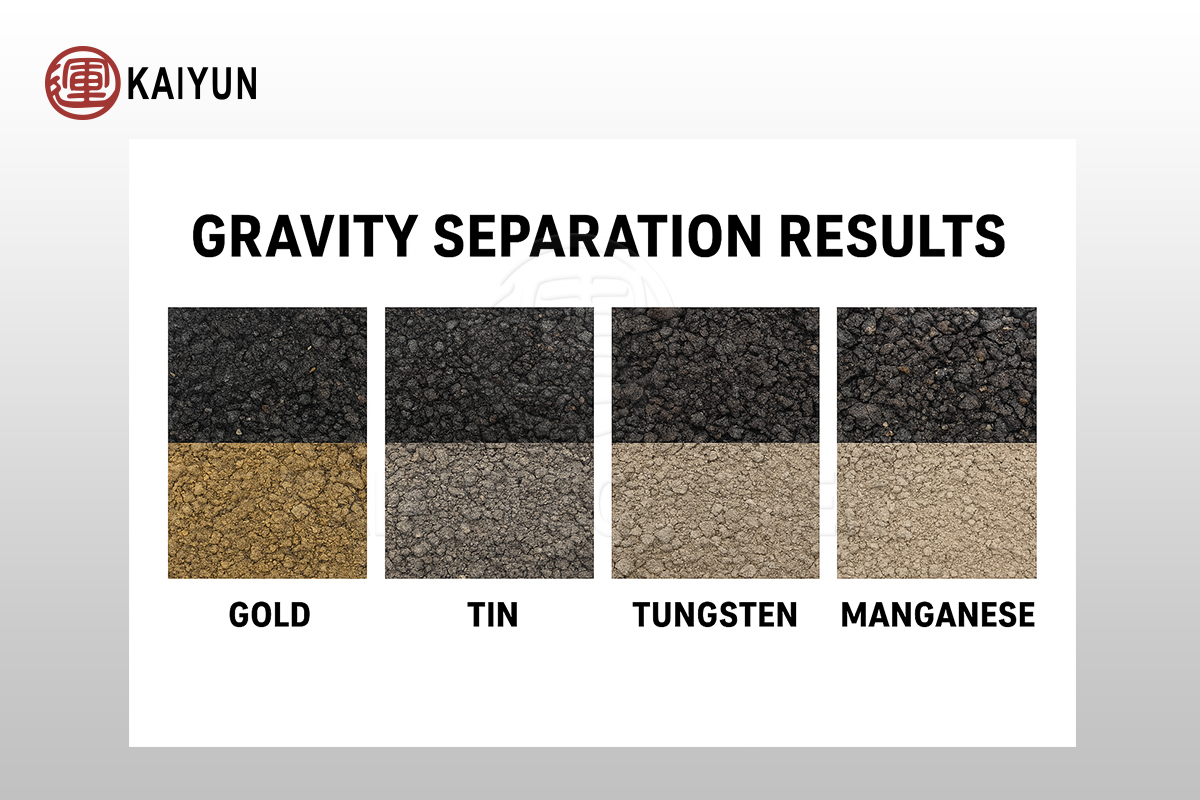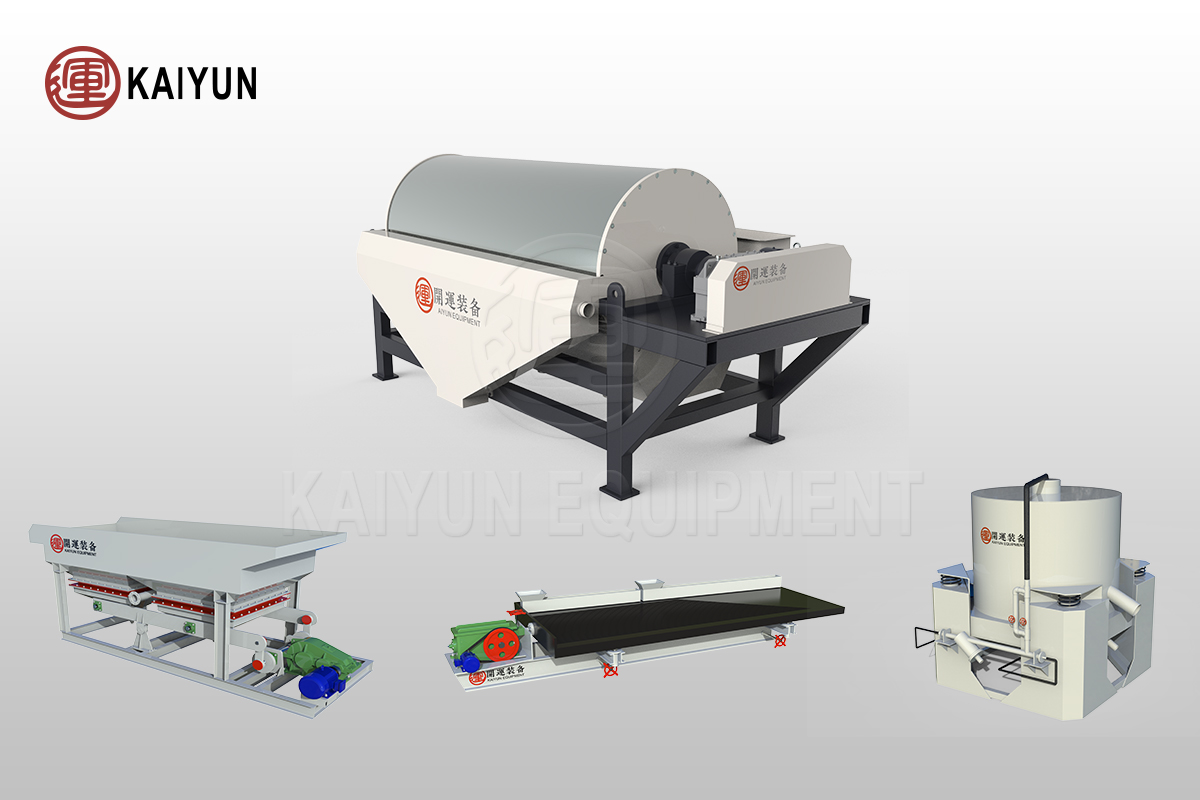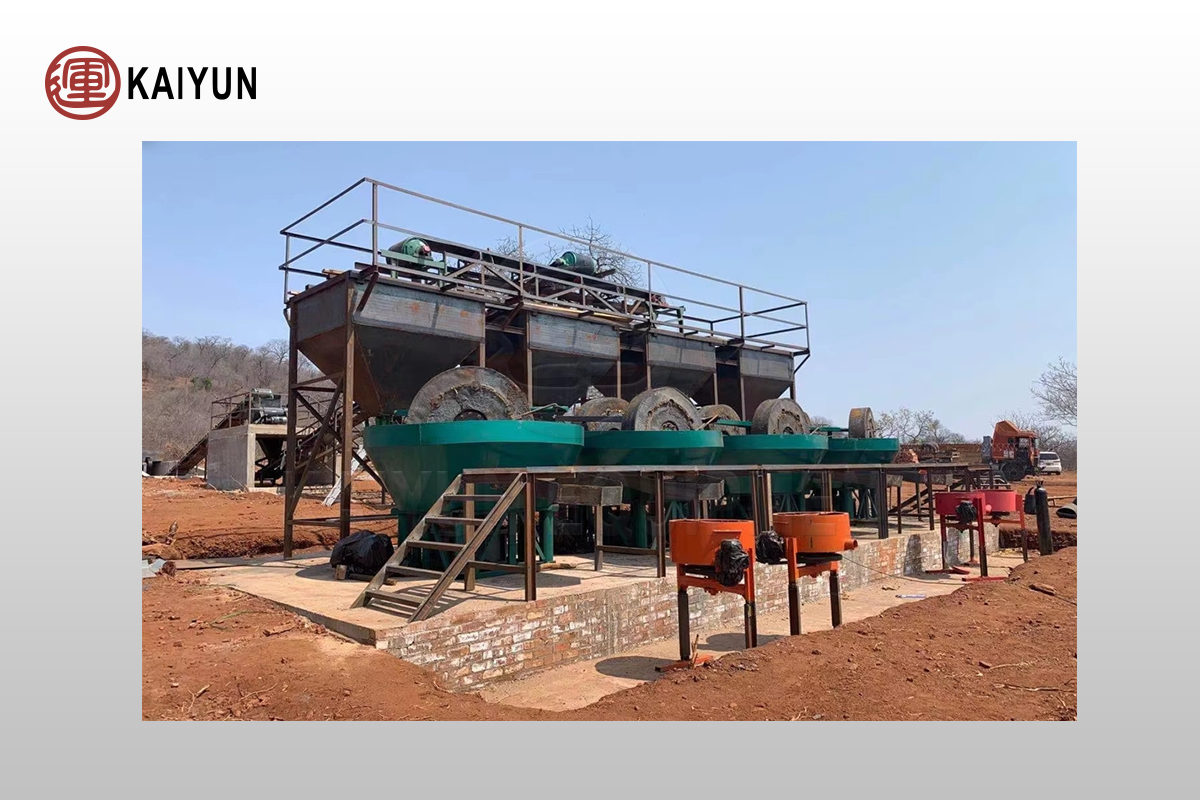Gold Sulfide Roasting Process
Gold sulfide (Au₂S) roasting method is a high-temperature oxidation treatment method. Through high-temperature roasting, the sulfur element in the gold sulfide is converted into gaseous sulfur dioxide (SO₂), and the gold is converted into an extractable oxidized state or metallic gold. This process is mainly used for the pre-smelting treatment of gold sulfide ore or gold-containing sulfides.
Management Specifications for Mineral Processing Flowsheets
The rationality of mineral processing flowsheets directly impacts production efficiency and must be formulated based on ore testing, production practices, and practical conditions.
Gold Extraction from Carbon-in-Leaching (CIL) Process: The Key Steps from Ore to Gold Ingots
Gold extraction from carbon-in-leach (CIL) is an efficient gold extraction process that combines gold leaching with adsorption processes to reduce equipment and energy consumption and improve gold recovery.
How to Choose the Right Rotary Kiln Equipment
Choosing the appropriate rotary kiln equipment requires careful consideration of various factors, including material type, production requirements, kiln design, equipment performance, and the manufacturer's reputation.
Flotation Equipment – High Recovery Solutions for Low-Grade Ore Processing
High-efficiency flotation machine designed for low-grade ore and tailings recovery. Improve recovery rate by 3–12%, reduce reagent consumption, and achieve stable concentrate grade. Ideal for copper, gold, fluorite, lead-zinc, and complex ores.
Small-Scale Gold Mining Solutions: How to Achieve Higher Recovery at Lower Cost?
With global gold prices continuing to rise, more small and medium-sized mining investors are looking for low-investment, fast-commissioning, and high-recovery solutions to enter the gold mining industry.
High-Efficiency Magnetic Separation Solutions for Mineral Processing
In the mineral processing industry, magnetic separators are among the most critical beneficiation equipment in processes involving iron ore, manganese ore, iron sand, and magnetic metal recovery. Based on differences in tank structure and feeding methods, magnetic separators are generally classified into three main series: CTB, CTN, and CTL. Understanding the working principles of these three types of equipment can help engineers select a more efficient and suitable magnetic separation solution.
How to Choose the Right Mobile Crushing Equipment for Your Project
Learn how to choose the right mobile crushing plant for your project. Compare crawler vs wheel types, power options, and key performance factors to maximize efficiency.
Wet vs Dry Magnetic Separator: How to Choose the Right Magnetic Separation Equipment
Learn the differences between wet and dry magnetic separators, comparing applicable minerals, recovery rates, and operating costs. Choose the most suitable magnetic separation equipment to improve efficiency and reduce investment.
Understanding Jig Machine Working Principle: How Pulsating Water Flow Achieves Mineral Stratification
In gravity separation, the jig machine (jig concentrator) is one of the most widely used and efficient equipment for separating heavy minerals from light gangue. Its unique working principle—based on pulsating water flow—enables precise stratification and recovery of valuable minerals such as gold, tin, tungsten, manganese, and iron ore.
How to Reduce Energy Consumption and Wear in Daily Operation of a Gold Grinding Mill
In gold processing plants, the gold grinding mill (wet pan mill) is one of the most important pieces of equipment for ore grinding and mineral liberation. However, continuous operation under high load conditions can lead to increased energy consumption and excessive wear, which not only raises operational costs but also shortens equipment lifespan.
From Alluvial Gold to Tin Ore: The Wide Applications of Jig Machines in Gravity Separation
Discover how jig machines play a vital role in gravity separation, from alluvial gold to tin ore, offering high recovery, low energy use, and wide mineral applications.
Combined Application of Magnetic Separators and Gravity Separation Equipment
Discover how the combined use of magnetic separators and gravity separation equipment—such as jig machines, shaking tables, and centrifugal concentrators—greatly improves mineral recovery and concentrate grade. Ideal for gold, iron, chromite, tin, and tungsten ore processing with high efficiency and low cost.
Why the Wet Pan Mill Is the Smartest Investment for Small and Medium-Sized Gold Mines
Discover why the Wet Pan Mill (Gold Grinding Machine) is the most cost-effective investment for small and medium gold mines — low investment, high recovery, fast ROI.
Industry Update: Advancements in Gravity Separation Equipment for Mineral Processing
Learn how modern gravity separation equipment advances are enhancing mineral processing, boosting productivity, and reducing costs.
How to Improve the Recovery Rate and Separation Efficiency of Magnetic Separators
Learn how to improve magnetic separator recovery and separation efficiency through optimized magnetic design, precise operation, and smart maintenance.
